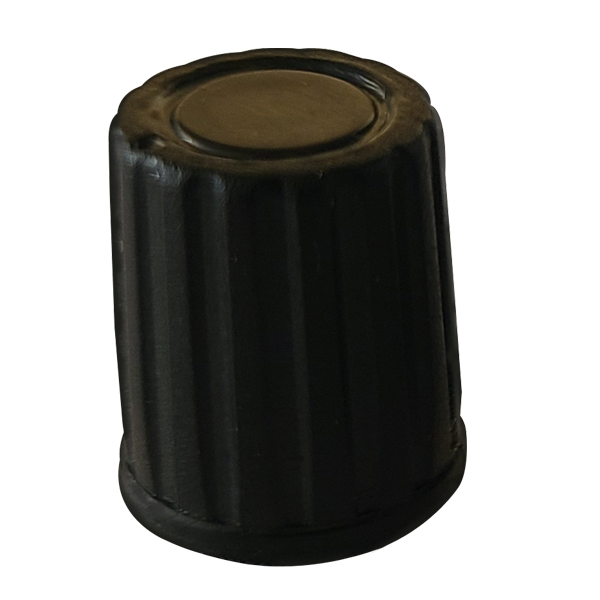Pointer Knob
Specifications
- Material: Pointer knobs are typically made of plastic, metal or a combination of both materials. They need to be durable to withstand frequent use.
- Design and Color: They come in various designs, shapes and colors to cater to different aesthetic preferences and functional requirements.
- Markings: Many pointer knobs have markings on their surface to indicate the position or level of the adjustment. These markings can be numeric values, lines or symbols.
- Grip: The outer surface of the knob usually has a textured or ribbed pattern to provide a better grip for users while rotating.

